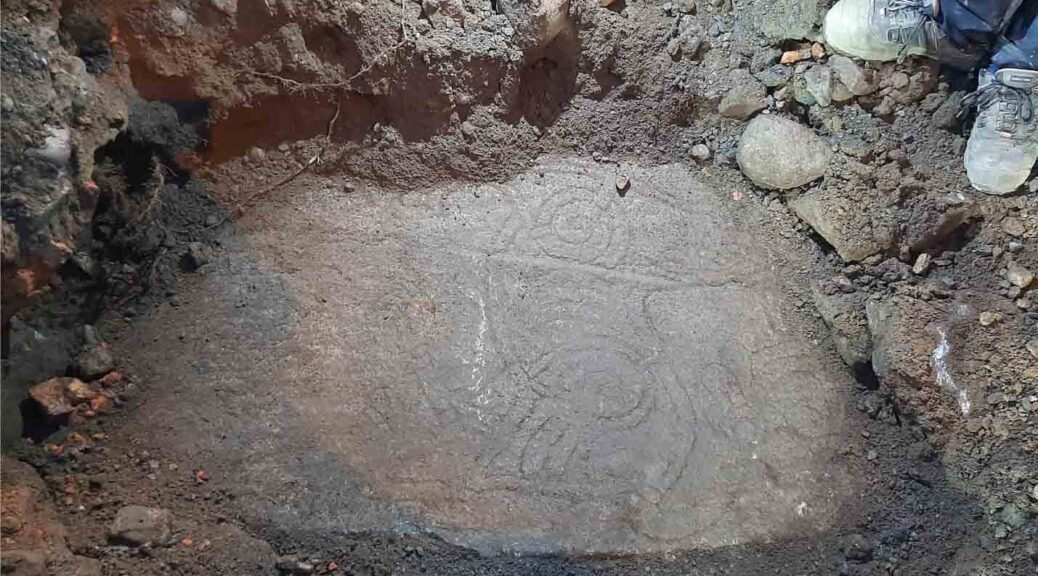In Sweden, a long-lost runestone from a Viking monument has been discovered
The valuable runestone was found on a bridge across a nearby river as part of an eight-piece 10th-century monument. The discovery, according to scholars, would unleash a wealth of knowledge in several areas, including art, religious history, and archaeology.
One of the Hunnestad runestones, which had been missing since the 18th century, was discovered during construction work for a future sewer pipe outside the town of Ystad in southern Sweden.
The Hunnestad monument is estimated to date back to the 10th century and is seen as one of the country’s most remarkable monuments from the Viking Age.


The monument consisted of eight stones, three with pictures and two runestones.
It was discovered in the early 18th century but later disappeared. Some of the stones were found on land near Marsvinsholm Castle in 1814 and are on exhibition in Lund.
The recent find was discovered on a bridge over the Hunnestadsån River.
“A fantastic find, which you didn’t expect to happen. This stone has been gone for so long that we thought it had been destroyed”, Magnus Källström, runologist at the Swedish National Heritage Board, said in a statement.
According to Källström, the find will unlock a lot of new knowledge in several areas, including art, religious history, and archaeology.
“The fact that we have found one of the Hunnestad stones is really sensational”, Britta Roos, head of the cultural environment unit at the County Administrative Board of Skåne, said.

Local man Max Rosell, who lives barely 20 metres from the find, was also elated.
“It feels a little crazy that it was so d*mn close. But it’s great fun for the village, we have all talked about the stones, people have wondered where they went. Some are in museums, now one is found and then there is only one left”, says Max Rosell.
According to the runes from the stones in Lund, the monument was erected by Esbern and Tomme.
They are presumed to have been outstanding men who, according to field archaeologist Axel Hansen, may have had connections to the Danish monarchy.
The Viking Age (793-1066) is a period when Norsemen known as Vikings undertook large-scale raids, conquests, and trading throughout Europe and established settlements in present-day Russia, southern Europe, Iceland, Ireland, the British Isles, and Greenland, and even reached North America (which they called Vinland).
